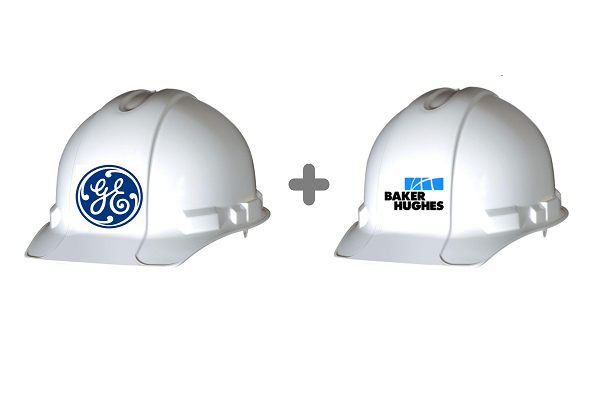Over the years, technology has played a heralded role in the oil and gas industry. It still does today. Pick up any trade publication and chances are you’ll find at least one well-worn tribute to its importance.
Yet, the fixation on hi-tech hasn’t been without problems. It’s even been value-destroying at times. We’d argue the industry’s intractable struggle with financial returns is due, in part, to spending on technology that isn’t justified. Continue reading “Surviving the Promises of Technology”














